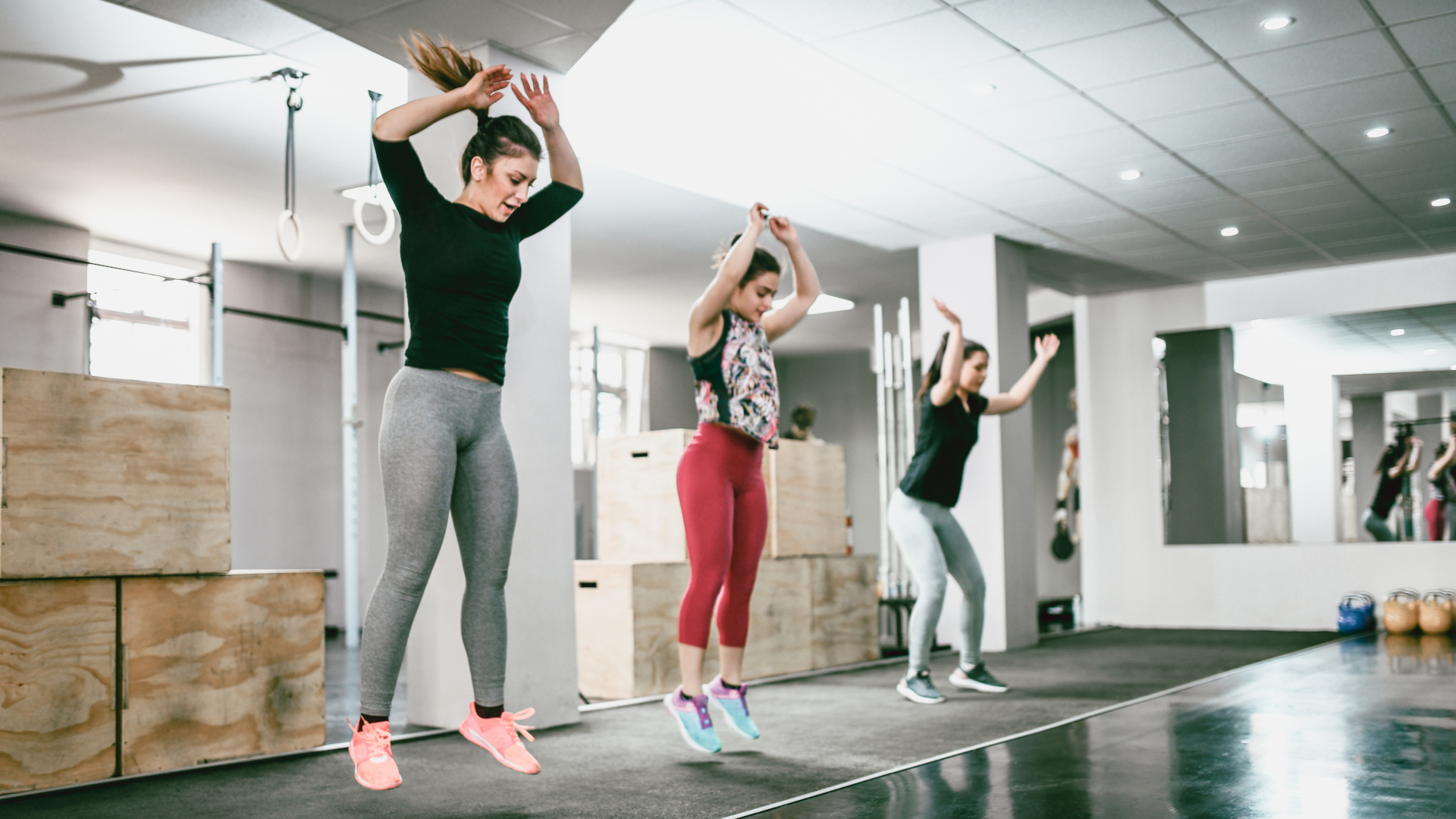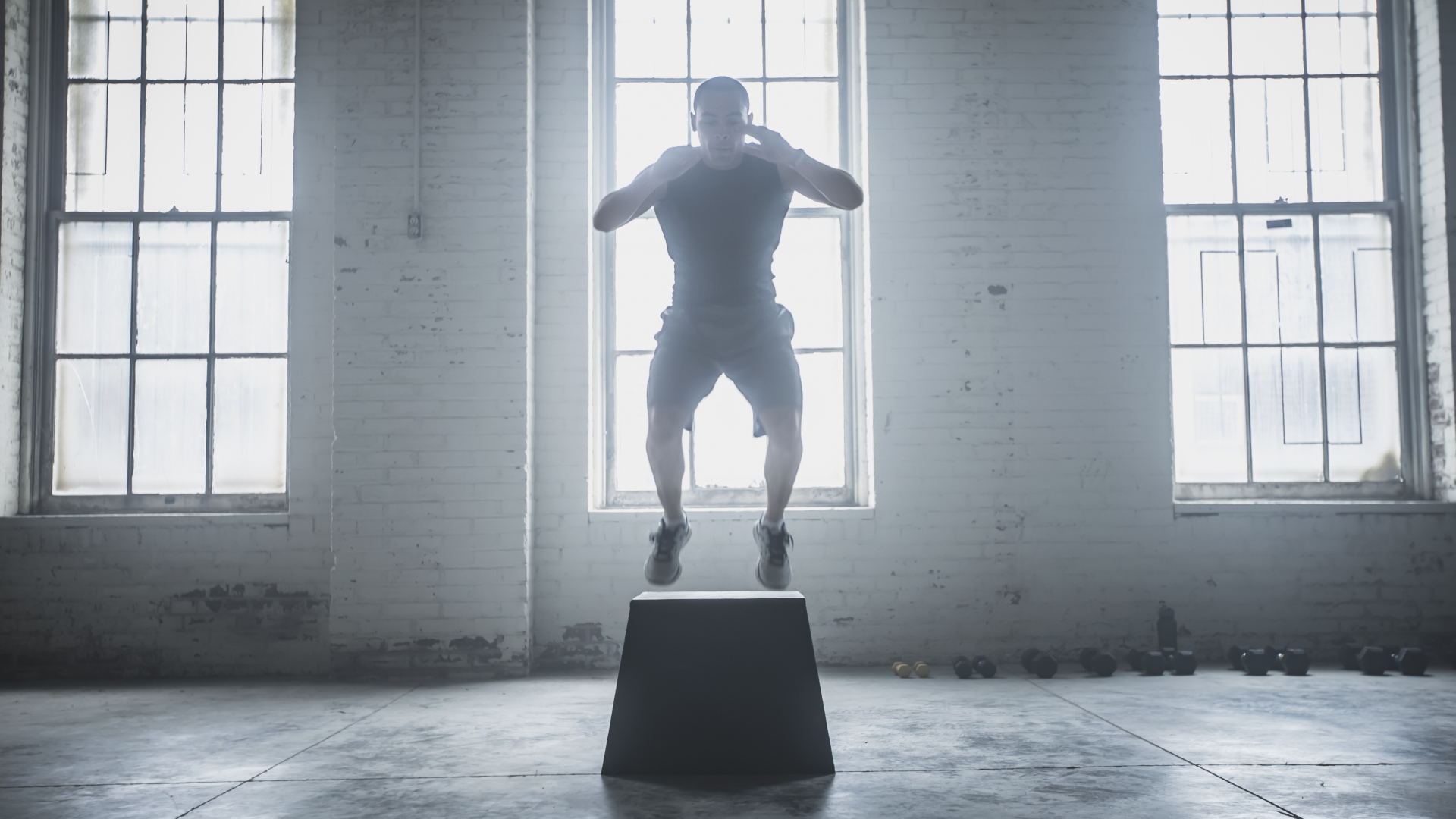What are plyometrics and how can they help your performance?
What are plyometrics and are they right for you? We explain what these explosive exercises can do for your performance, and how to get started, safely

If you’re considering taking your running to the next level and signing up for some upcoming races, you may be giving some serious thought to uplevelling your training. As performance science evolves, there are seemingly endless techniques and methods being put forward for those of us who like to hit the ground in our best trail running shoes – lifting weights, interval training and plyometrics, just to name a few. So what are plyometrics, and are they right for you? In this article, we explain what plyometrics are, what they can do for your performance and how to get started, safely.
What are plyometrics?

Plyometrics – also known as jump training – are explosive exercises designed to build speed and power in different movements. Plyometric training doesn’t use weights; rather, it relies on repetitive, high impact movements such as hopping, kicking and jumping that move your muscles through a rapid cycle of contraction and eccentric contraction. This is known as the stretch-shortening cycle and while the origins of plyometrics are unknown, a Russian scientist named Yuri Verkoshansky is often credited with being a major pioneer in using them in his training of Russian Olympic track and field athletes in the 1960s, according to Freelap. Today they are employed by athletes and sports teams around the world.
An example of a plyometric exercise is a squat jump, where you stand with your feet wide and bend your knees, loading your quads in eccentric contraction. When you push your feet down and jump up, your quads contract as you straighten your legs, then you land with your knees bent and lower back into the squat, returning to eccentric contraction. This is believed to improve the force and velocity that your quads are able to produce, otherwise known as muscle power. By nature, plyometrics focuses on improving muscle power in dynamic movement, rather than under sustained load as you might need for weight lifting. You will typically do several sets of a plyometric exercise and while your heart rate will increase, aerobic training isn’t the goal here.
Plyometrics are sometimes confused with ballistics training, and while the latter also involves similar explosive movements, it incorporates weights and exercises such as throwing weights and jumping with weights. The lack of apparatus means that plyometrics can be done anywhere.
What are plyometrics good for?

A review of available literature on the effects of plyometrics in the Journal of Human Kinetics found that, in healthy individuals, plyometrics can improve vertical jump height, sprint performance in the acceleration phase and overall agility, so it should come as no surprise that plyometric training is often suggested for athletes such as basketball players, sprinters, skiers, martial artists and squash players – basically any sport where you move and change direction quickly, so if you’re a runner focused on speed and perhaps uneven ground, they may come in useful. Some people also use plyometrics as a means of improving their overall fitness.
That said, due to the high impact nature of plyometrics, these exercises are not recommended for beginners, and anyone interested in incorporating them into their training should do so under the guidance of a trained professional. You’ll want to get in shape to do plyometrics, not the other way around, and make sure you build up slowly and gradually to avoid injuries such as tendon and ligament strains.
What are 5 plyometric exercises?

Lot’s of plyometric exercises will be familiar to you, whether you’ve seen people doing them at the gym or recall them from your own high school gym class days. Some examples of common plyometric exercises include:
All the latest inspiration, tips and guides to help you plan your next Advnture!
- Box jumps: jumping from the ground up onto an elevated surface.
- Jump rope: fast skipping using a rope on one or two legs.
- Hopping: single or double leg hops moving forward, backward and laterally.
- Clapping pushups: lowering down into a regular pushup, then pressing up with enough force that you can clap your hands together before bringing your hands back down.
- Burpees: moving from a squat to a plank, back to a squat and ending with a standing jump.
As you can see, there are plyometrics that focus on your lower body, upper body and entire body and working with a coach will help you to find the best ones for your goals and sport.
Julia Clarke is a staff writer for Advnture.com and the author of the book Restorative Yoga for Beginners. She loves to explore mountains on foot, bike, skis and belay and then recover on the the yoga mat. Julia graduated with a degree in journalism in 2004 and spent eight years working as a radio presenter in Kansas City, Vermont, Boston and New York City before discovering the joys of the Rocky Mountains. She then detoured west to Colorado and enjoyed 11 years teaching yoga in Vail before returning to her hometown of Glasgow, Scotland in 2020 to focus on family and writing.

